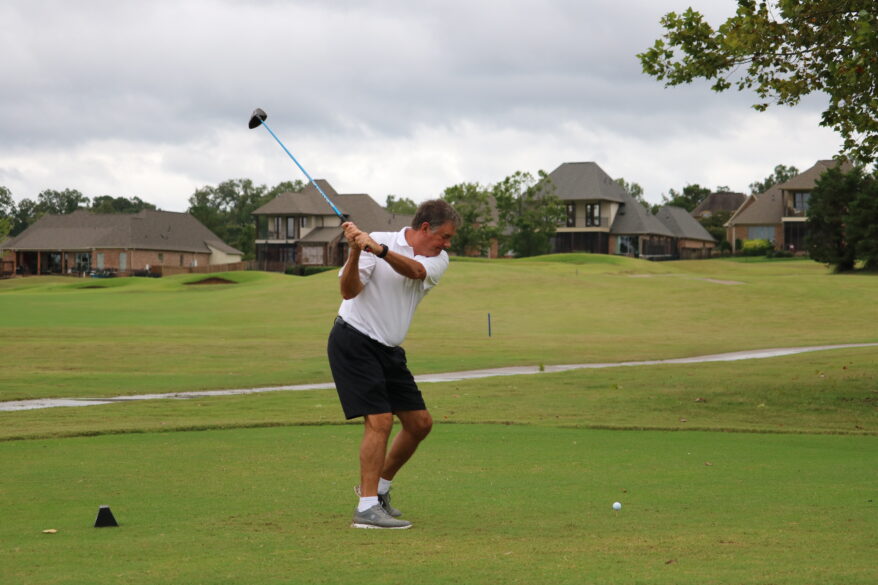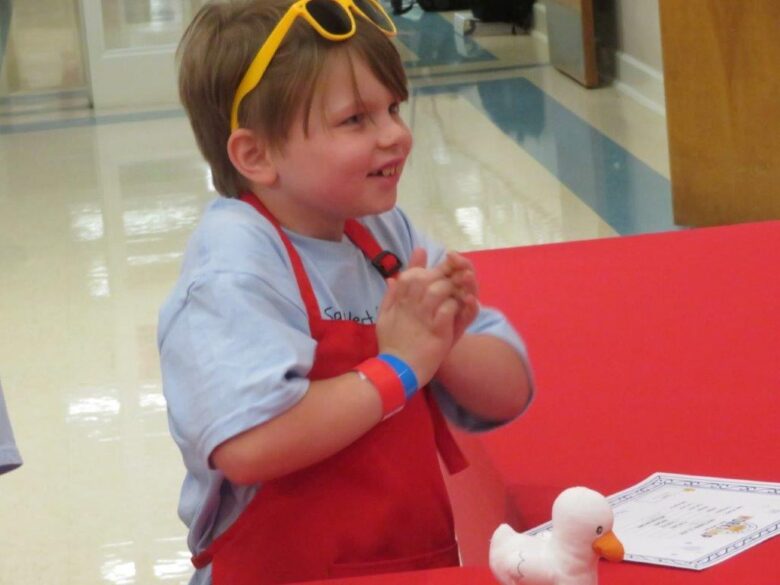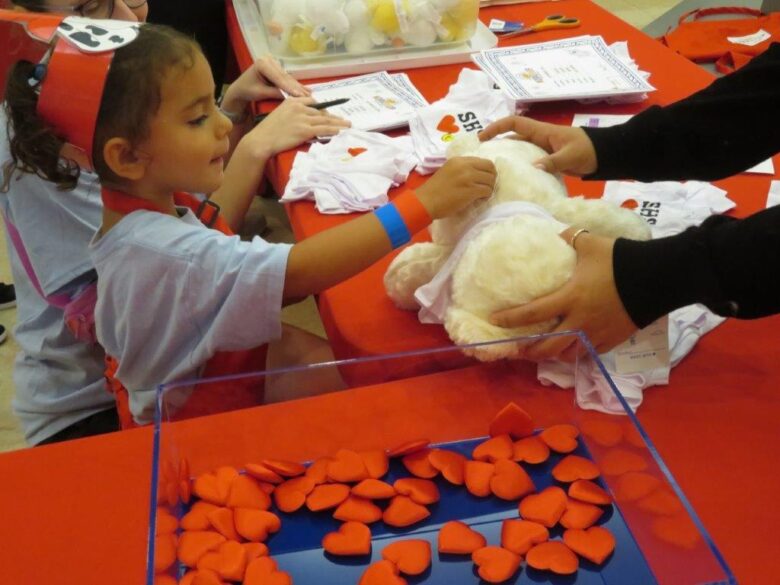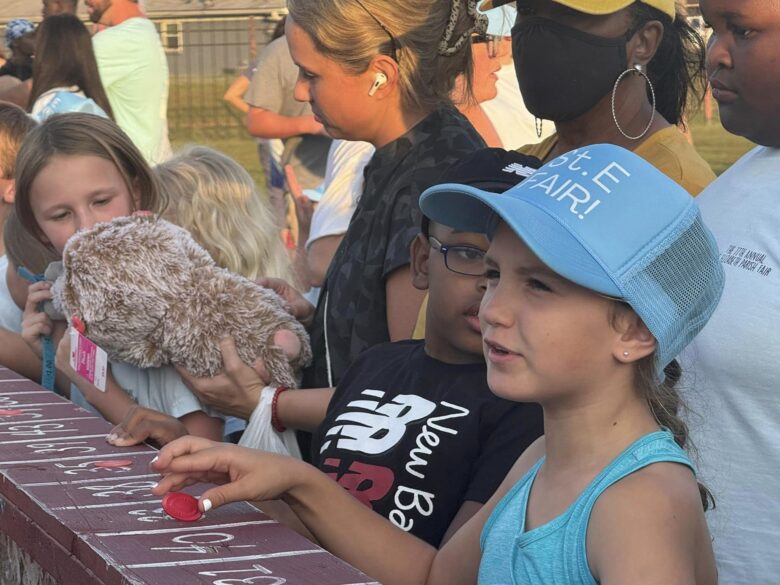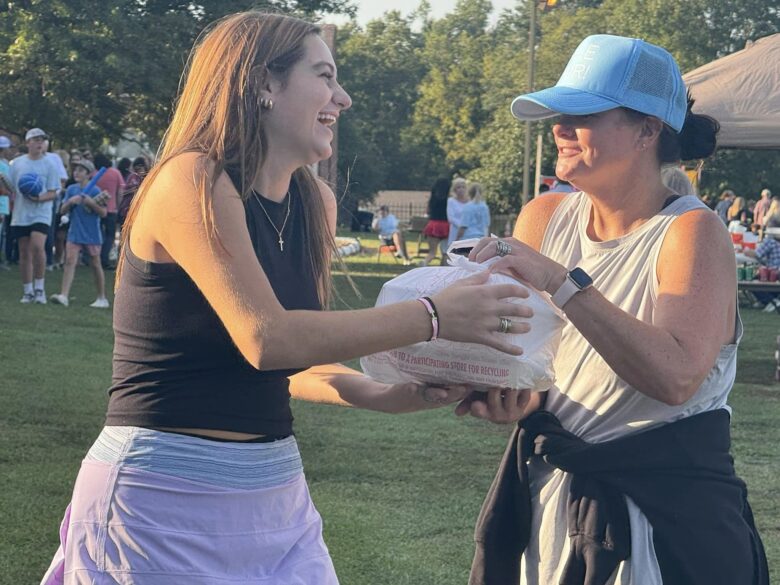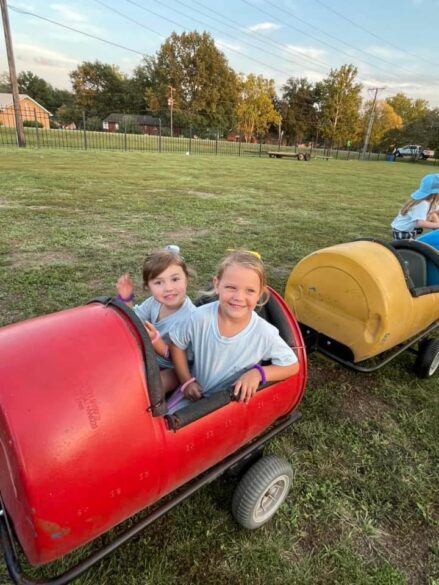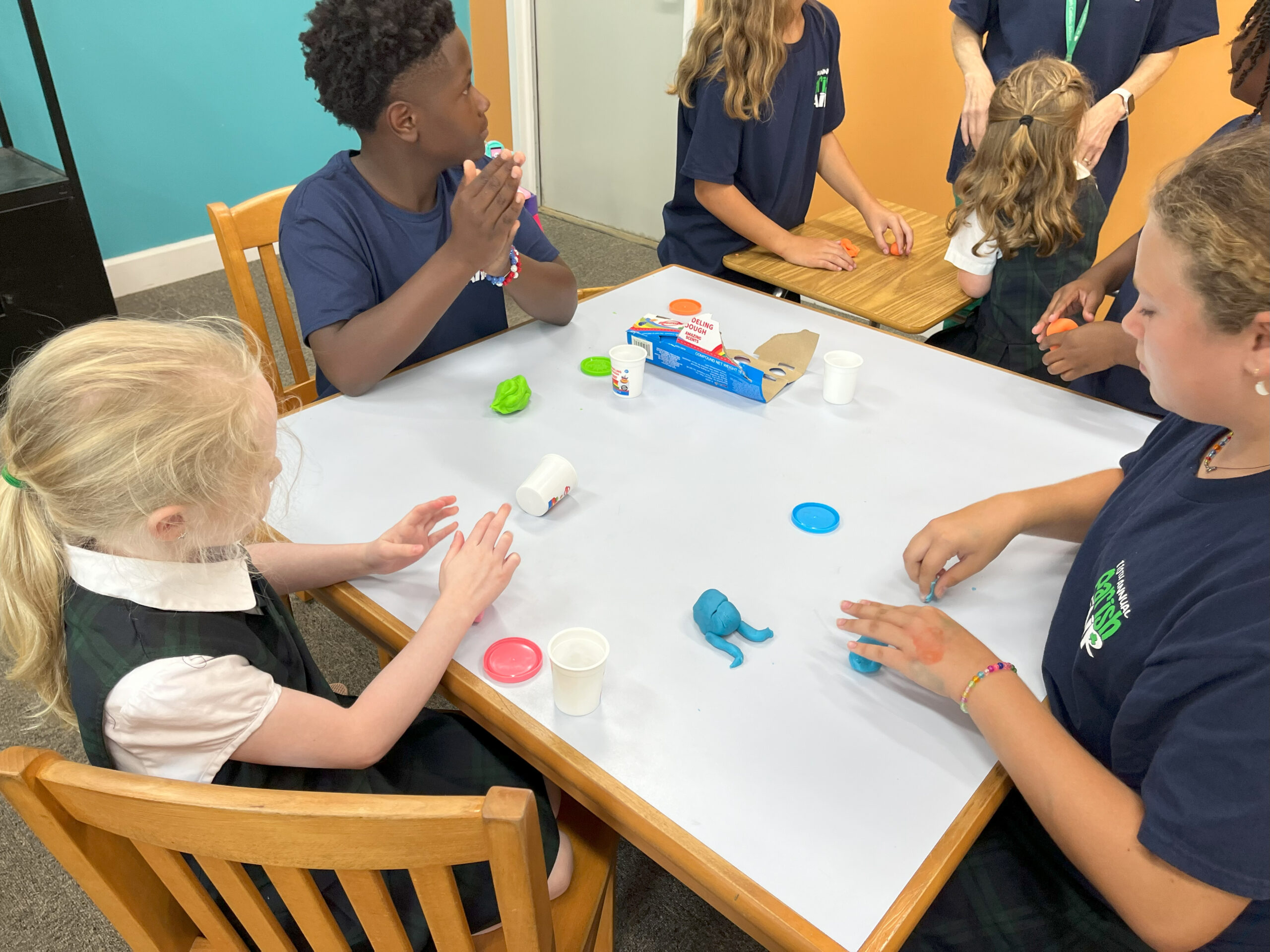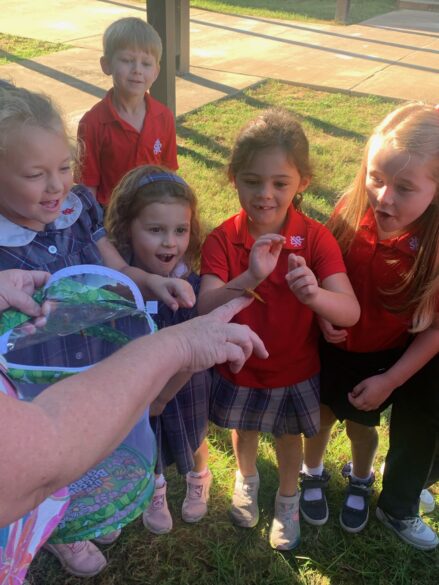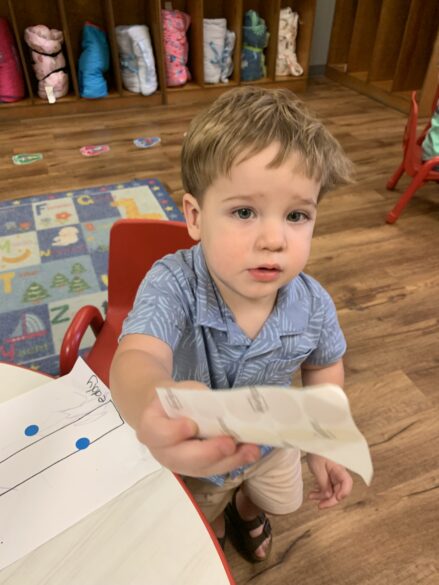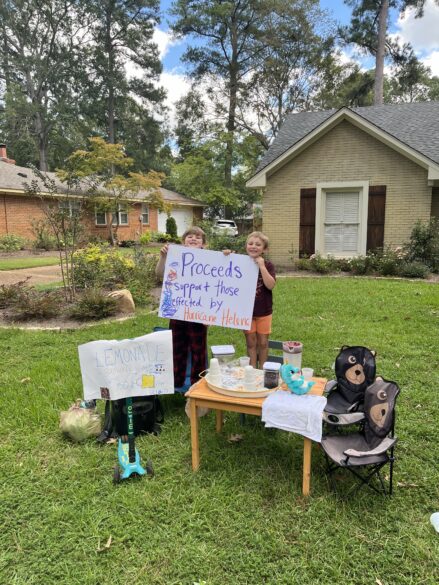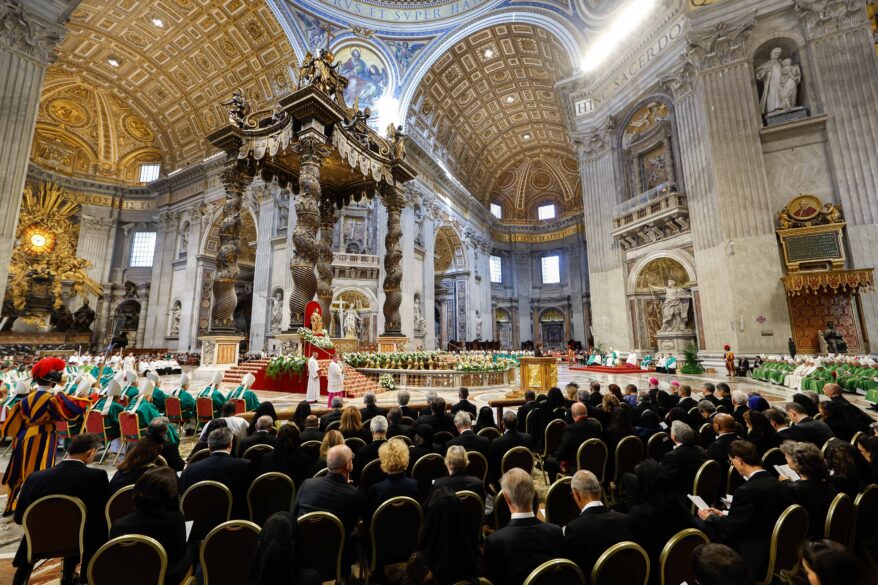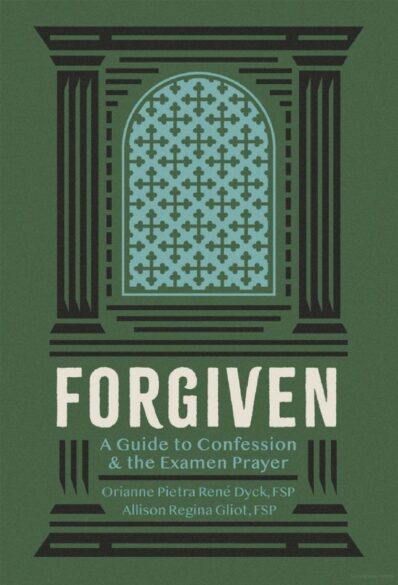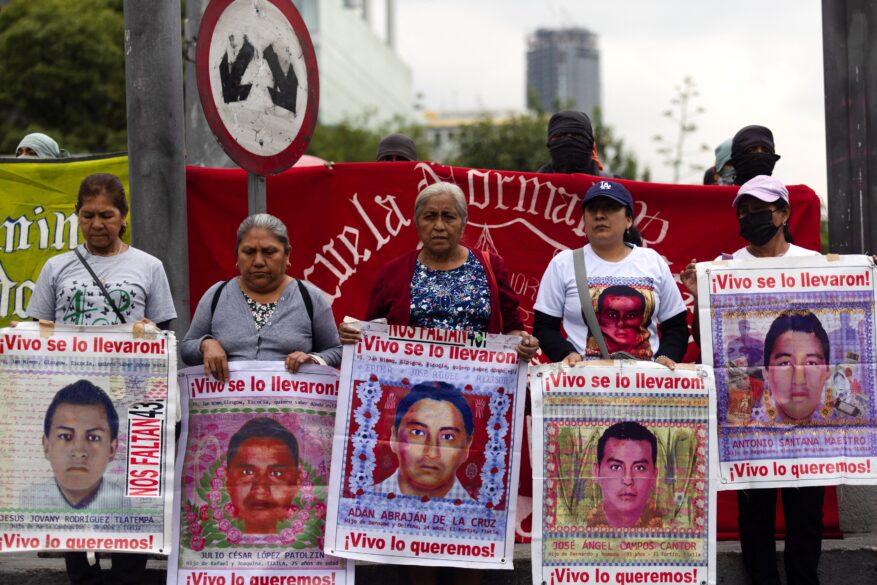CALLED TO HOLINESS
By Jaymie Stuart Wolfe
“Choose your battles” is generally good advice. It’s wise to acknowledge that not every fight can be won; that we may not have the resources to sustain a war on many fronts; that victory sometimes costs us more than we can afford. But if you’re born (or baptized) on the battlefield, things become more complicated. It’s hard to resist the urge to take up the cross and march like a crusader into every engagement, especially when we see the destruction around us, know the stakes are high and suspect we are outnumbered.
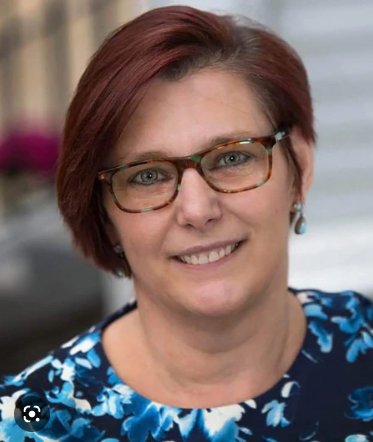
The practice of offering an abbreviated form of Pope Leo XIII’s prayer to St. Michael at the end of every Mass is, once again, widespread. And that’s a good thing, because if living our Catholic faith in today’s world could be summarized in a single word, “embattled” would be a strong contender.
And yet, God does not call any of us to go looking for a fight. That’s because we’re not often equipped to win a contest against an enemy that prowls around like a roaring lion, seeking someone to devour, (see 1 Pt 5:8). Perhaps more importantly, we also tend to forget that the battle God calls every one of us to engage in is a spiritual one, fought on the open fields of our hearts.
That is why the Catechism of the Catholic Church includes an entire section devoted to what it calls “The Battle of Prayer.” As the Catechism explains, “Prayer is both a gift of grace and a determined response on our part. It always presupposes effort. The great figures of prayer…all teach us this: prayer is a battle. …The “spiritual battle” of the Christian’s new life is inseparable from the battle of prayer” (CCC 2725).
After we’ve abandoned mortal sin, after we’ve decided to follow Jesus wholeheartedly, prayer is most often where we falter. Prayer is the most sustained battle of the Christian life. It is where our faith is both fed and tested. It is how our quest for salvation plays out. In prayer, we open our hearts to God. Through prayer, God opens his heart to us.
If we want to follow Christ, we must pray. And that is never easy. What is easy is the discouragement we face when we try and fail. Despite our best intentions, the daily Rosary or Mass easily become more like every other day. We skip time with God when we are pressed for time. And that makes us vulnerable to one of the enemy’s most effective traps: self-sufficiency.
Approaching life and all its challenges alone and on our own power separates us from the grace of perseverance and sets us up for failure. We know that we cannot live the life of Christ apart from Christ. And yet, that is precisely what many of us attempt to do.
But it’s also easy for us to get distracted; to allow the values of our world to get a foothold in our hearts. When that happens, prayer can seem like a waste of time, an empty exercise in futility, a font of false hope, or an escape from reality. In the cloud of the disappointment that descends when God does not give us everything we want, we struggle to carry on. We ask ourselves whether prayer makes any difference. And when we aren’t convinced that it does, we either give up or seek our fortunes in battles we were never called to fight.
But to be victorious in the battle of prayer, we must acquire and cultivate the virtues that, ironically, arise from prayer: humility, trust and perseverance. Humility teaches us not to be surprised by our own weaknesses. It considers how the distractions we face in prayer reveal our attachments to things other than God. Trust teaches us to rely completely on the Holy Spirit, the divine presence and power given to us in God’s time and in his way. Perseverance overcomes our laziness, but it also purifies our motivations and draws us into the love that makes all things possible.
In the great scheme of things, all the other battles we choose to fight serve only to distract us from the main event. Because prayer is what transforms and guides us, it is the only battle worth fighting, and the only one we must – by God’s grace and our effort – win.
(Jaymie Stuart Wolfe is a sinner, Catholic convert, freelance writer and editor, musician, speaker, pet-aholic, wife and mom of eight grown children, loving life in New Orleans.)




